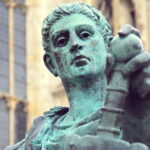…On Christianity and trade routes.
You didn’t actually think the answer was going to be “rock ‘n’ roll,” did you?
Yeah, no Constantinople was founded by our boy Constantine because he was paying attention to the times. That’s right, I’m talking about the actual city now that I promised I would get to last time.
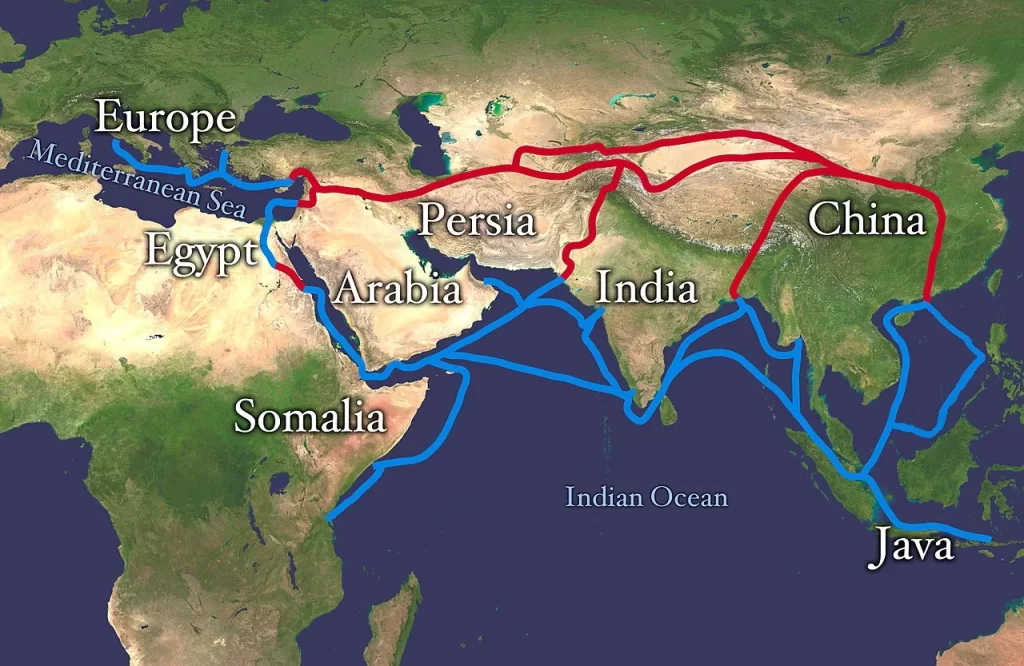
Now, don’t get me wrong — Rome had been a powerhouse for a long time and definitely had a good position on the Tiber and the Mediterranean. It had been ideally situated to challenge and later beat the tar out of Carthage. It was accessible by the Greeks and the Macedonians and had the ability and the materials necessary to build some really good ships. But once Carthage had been stomped into the ground, well, there really wasn’t much in the way of trade west of Rome. Now, sure, there were silver and tin mines in Spain and tin mines up in Britannia but it was easier, in some ways, to transport those goods overland instead of on ships. Trade shifted back eastward towards Greece and Asia Minor since that is where one could find spices coming up from India and China and other points Oriental as well as stuff coming up from more-central-Africa via the Nile.
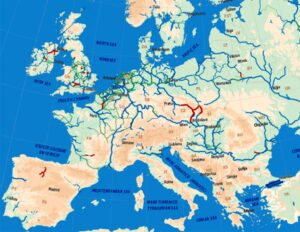
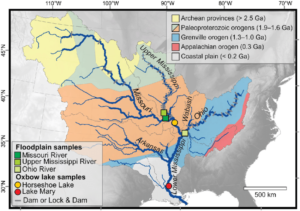
Something that Americans especially seem to have a hard time understanding is that Europe lacks any kind of river system akin to the Mississippi (where transport from a lot of different branches is feasible which is why cities like St. Louis, Vicksburg, and New Orleans were so important). The “biggest” river system is probably the Loire and that pretty much gets you across France. It doesn’t get you from France down to Rome. It doesn’t get you from Berlin to Rome. Now, rivers and coasts were vital for trade in the era before the internal combustion engine was invented. Yes, yes, Rome had good roads for people using actual horses for horsepower but that still doesn’t mean that it’s cheap or easy to travel from Rome up to Paris or over to Madrid. Europe had a lot of forests, a lot of floodplains, and a lot of mountains that made travel overland difficult and expensive.
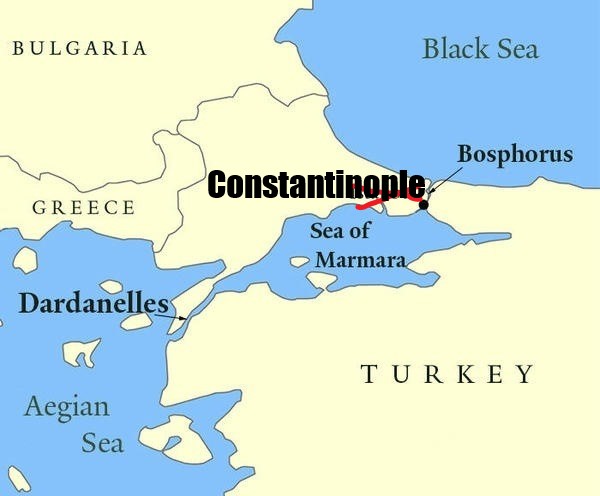
But Asia Minor (which is where the Byzantines were) had fewer of these problems. The Silk Roads were fairly well-established with plenty of stops for food and water. Coasting along India and Arabia was easy enough. Constantinople, founded on top of Byzantium, was located on the European side of the Bosporus which is the strait linking the Black Sea to the Mediterranean. This put it in the best possible position to control trade between Asia and Europe. It also had the benefit of not having been a major settlement until Constantine decided to move there so it didn’t have loads of pagan temples. Constantine wanted to weaken the political power of the pagan families who still had a lot of influence in Rome and he wanted to assure that Christianity would be ascendant.
After all, he owed the Biggest C for giving him victory at Milvian Bridge.
So, based on the fact that Rome the City had been pagan far longer than it had tolerated Christians and that most of the major trade routes were in the East, Constantine decided it was time to move the capitol to his new city. It helped that there was already a good colony there with enough infrastructure and secure walls (Byzantium). Add in the fact that Constantine was the one and only Emperor now and that he was consolidating political control into his own hands and one capitol and moving from Rome made a lot of sense. It also put him much closer to three of the four ancient churches (Jerusalem, Alexandria, and Antioch). Once the city had been consecrated on May 11, 330, it was considered the New Rome.
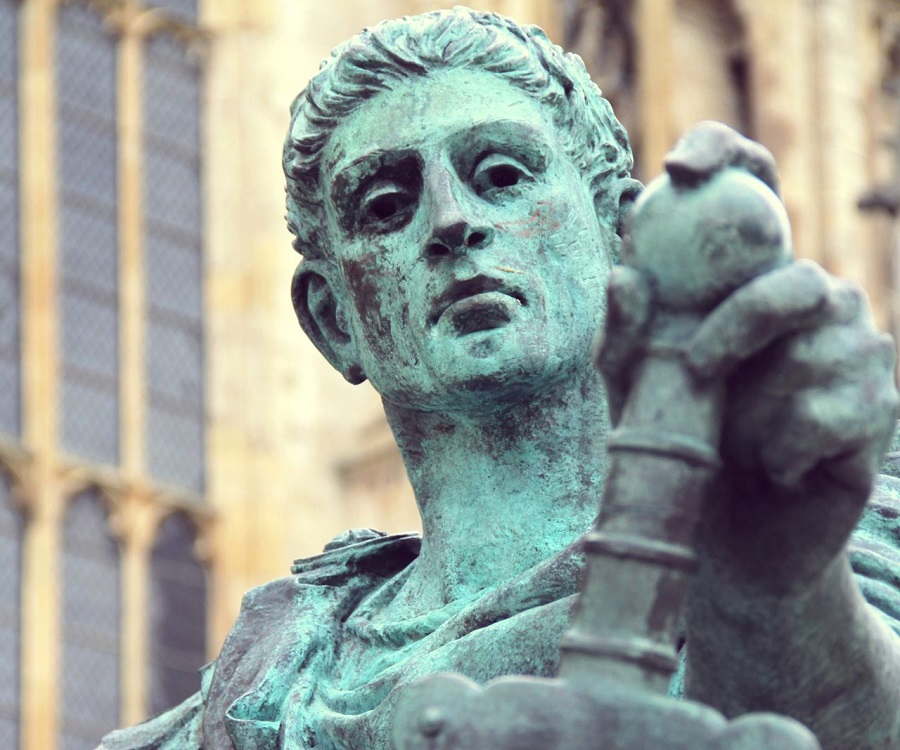
However, Old Rome wasn’t quite ready to give up its power and influence so easily. But we’ll deal with that next time.
— G.K.












